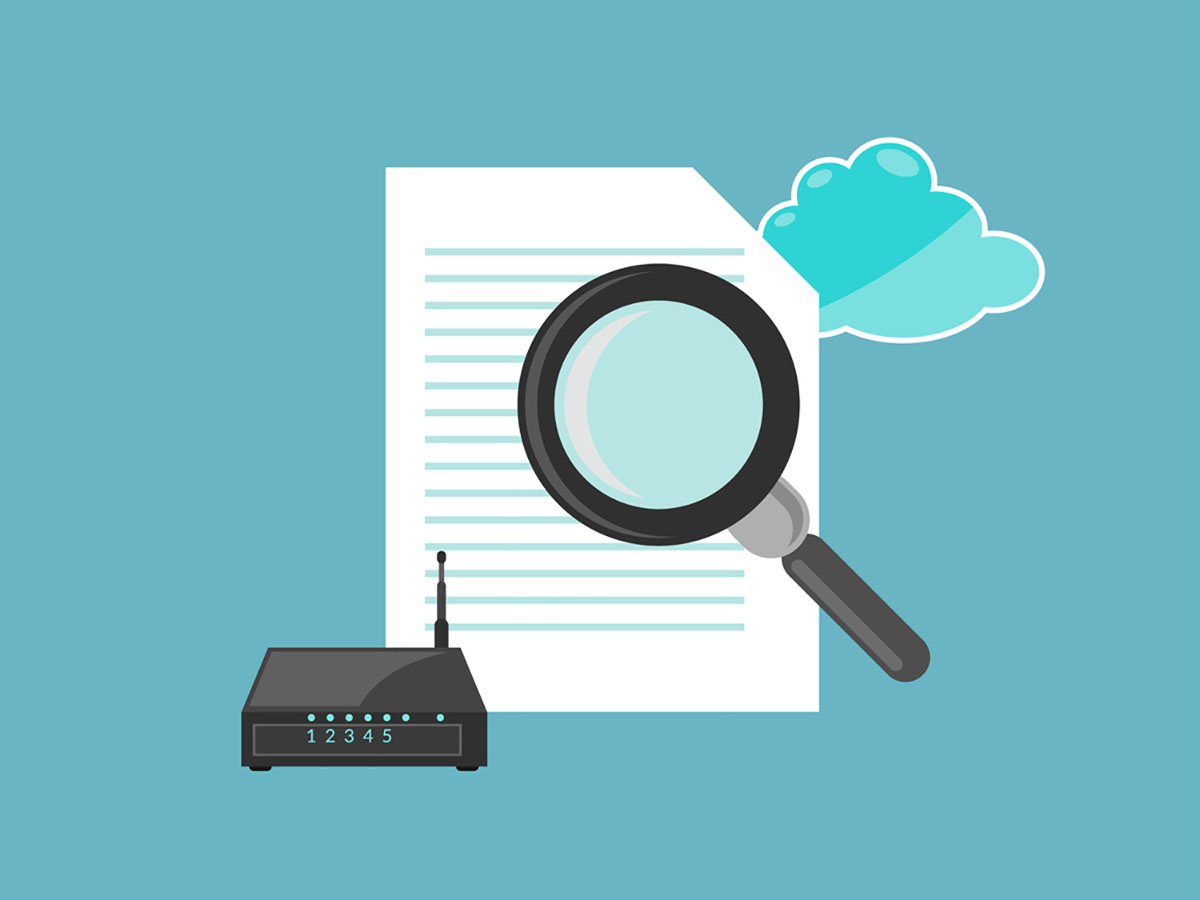Discretionary Access Control, or DAC, is a type of access control system where the data owners decide on who will be granted access to specific resources. This includes the ability to read, write, or execute the files. This access is typically given or restricted based on the user’s identity or their group membership.
Discretionary Access Control (DAC) Examples
1. File Sharing
When working with cloud-based documents, such as Google Docs or Microsoft Office 365, you have the power to control who can access your files. In this scenario, Discretionary Access Control (DAC) plays a key role. For example, you could be working on a spreadsheet in Google Sheets for a team project. As the owner of the document, you have the discretion to determine who can view, edit, or comment on this document.

Stay One Step Ahead of Cyber Threats
With DAC in practice, you can invite specific team members to access the file and also set their access levels. Some might have full edit access, while others might only be allowed to view the document, restricting them from making any changes. This is how DAC operates in file sharing applications, offering flexibility and control to the data owner, while still facilitating collaborative work.
2. Social Media Posting
Discretionary Access Control (DAC) also comes into play when we take a close look at social media platforms like Facebook or Instagram. Let’s say you want to share updates from your recent vacation but you only want your close friends to be able to see your posts. Here, DAC allows you to decide who gets access to your content.
Before hitting the “post” button on Facebook, you have the discretion to adjust who can see your post. This could range from ‘Public’ to ‘Friends’, or even ‘Only me’. Maybe you decide to make a custom list of people who can see this post. This is an application of DAC where you, as the data owner, are deciding who gets to see your post and who doesn’t, thus maintaining control over your data.
3. Email Delegation
Email delegation is another example that demonstrates Discretionary Access Control (DAC). This feature is prevalent across various corporate email providers like Google Workspace and Microsoft Exchange.
Consider a situation where an executive wants their assistant to manage their email account. They can delegate access to their inbox to their assistant. This means the assistant can read, respond to emails, and even delete them as per the executive’s instructions. The executive, being the owner of the email account/data, uses DAC to grant specific access rights to the assistant. As such, the DAC protocol enables secure and efficient email delegation in a corporate setting.
Conclusion
Discretionary Access Control, or DAC, is a versatile and essential aspect of data management in today’s digital world. Whether it’s controlling who views a social media post, managing collaborative document access, or delegating email responsibilities, the power given to the data owner echoes the core principle of DAC, making it a cornerstone of maintaining data privacy and security.
Key Takeaways
- Discretionary Access Control (DAC) allows the owner of the data to control who has access to the data.
- DAC applies to various digital platforms such as cloud-based documents, social media posts, and email delegation.
- With DAC, the data owner can set different access levels such as read, write, or execute permissions.
- DAC offers flexibility to the data owner while safeguarding data privacy and security.
- DAC facilitates collaborative work like team projects or managing executive emails by granting access permissions to other users.
Related Questions
1. Does Discretionary Access Control have any limitations?
Yes, although DAC provides a lot of flexibility to the data owner, it can also lead to potential security risks if the owner is not careful. They might grant access to someone who mishandles data or who is unaware of security protocols.
2. How is DAC different from mandatory access control (MAC)?
DAC is typically more flexible as it allows owners to set their access controls. On the other hand, Mandatory Access Control (MAC) is enforced by a central authority, not the owner, and has stricter policies regarding information access.
3. Can you revoke access given through DAC?
Yes, as a data owner you can modify the access rights at any time using DAC. This includes revoking previously given access to ensure your data remains secure.
4. What is the main goal of DAC?
The primary aim of DAC is to give data owners the power to control who can access their information. This supports data privacy, collaborative work, whilst maintaining a high level of security.
5. Is DAC only used in business settings?
No, it’s not limited to business settings. DAC is also used in personal scenarios such as social media platforms and personal email accounts. Any place where data owners can control access to their information can utilize DAC.
"Amateurs hack systems, professionals hack people."
-- Bruce Schneier, a renown computer security professional






